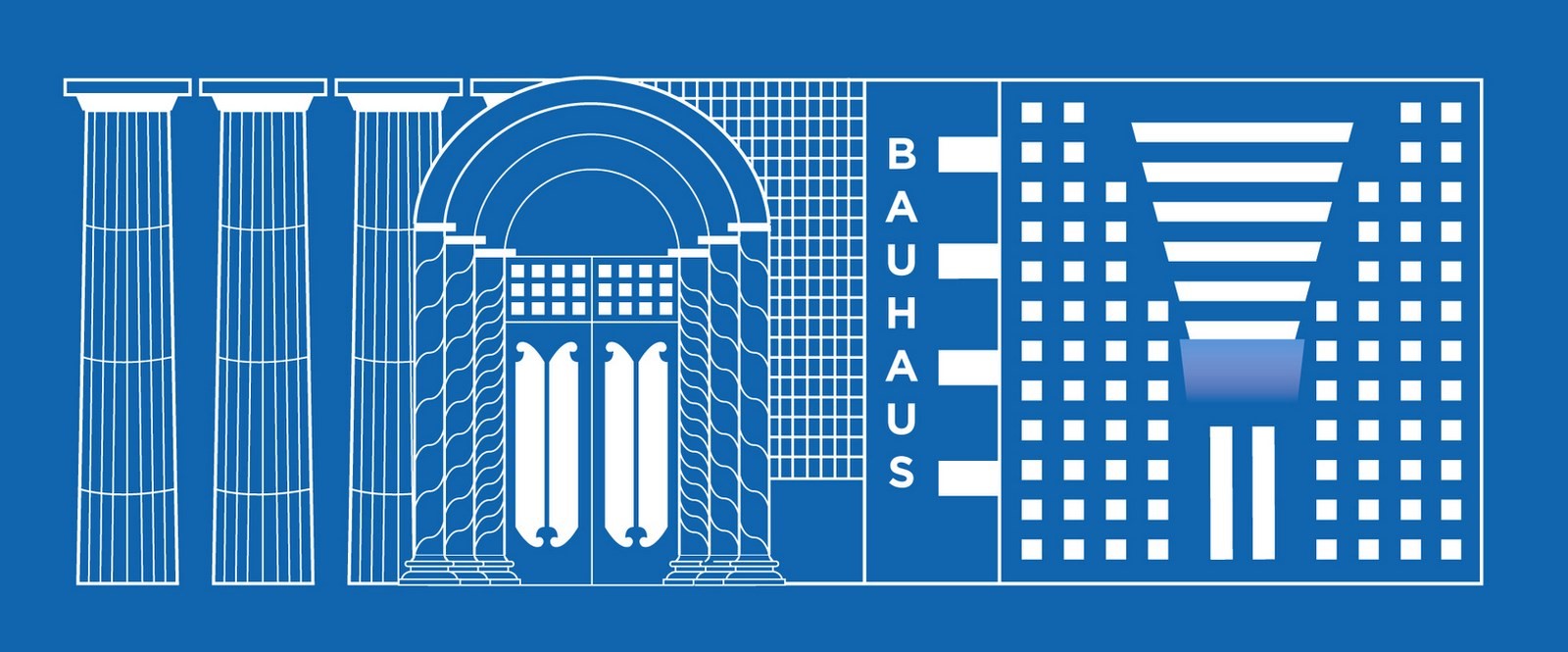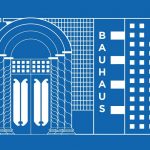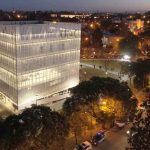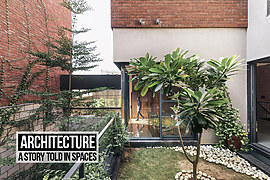In recent years architecture has neglected the body movement and its relation to space. Architectural and body expressions have been standardized. Although architecture designs for the body do not take into account its movement and interaction with space. ‘Movement’ in Architecture can mean different things, and the idea of ‘expressed movement’ has, alone, been variously conceived. ‘contained movement’, where it is not the architecture that is thought of as moving, but the eye, mind, imagined body or forces; and ‘represented movement’, where there is an implication or illusion that the architecture is in motion.

Buildings, by their very nature, tend to be static, a condition hitherto reinforced by their architecture. A strand of contemporary architecture is gradually emerging from this tyranny of form. Based on geometry that goes beyond that of rectilinear relationships, it exploits the visual dynamism of forms that evoke movement.
The order comes from geometry but we can be liberated from that of the box by those geometries that arise everywhere in nature related to curves, angles, and patterns. Neither does rectilinear architecture need to be devoid of movement; rather, the transition from point to line to plane to volume must be more informed than to lead one every time to a box-like form. Visual movement in buildings is shaped by geometry, and whether it is through a sequence of interrelated planes defining spaces, or via the line of a curve, the architect has available the vocabulary to express it.
We live in an age of high mobility brought about principally by the development of transport and communications. Besides the static condition of buildings, the rest of the built environment revolves around a proliferation of various means of enabling movement. In this sense we are, compared to previous eras, hyper-mobile and, as a constant movement has become increasingly possible, so the appetite for change has enlarged.
In architecture, as opposed to infrastructure design, one struggles to identify movement as the powerful guiding force or influence, except, perhaps, for limited periods and as isolated incidents. In the work of Borromini and other Baroque architects, for example, there is an almost riotous sense of movement and the Classical somehow engages horizontally with the land or townscape whereas the predominant sense of movement in the Gothic is one of verticality.
Inspired by a strong sense of movement, our buildings are shaped through the deployment of geometry. Like so much of twentieth-century modernist architecture, our work is often characterized by essentially Classical preoccupations about how space works and how a structure inhabits a setting. At the same time, we are keen to push technology to its limits, achieving lighter, longer-spanning structures for a given amount of material.
The pleasing visual quality of these spatial curves or proportions is derived from their innate order. The fluidity of curves is important and this sense of movement is enhanced by a seamless transition in the geometry that sets them out. This may literally be a vision of how people will move around the building or may take account of more psychological aspects, the visualization of the lines of force, the axiality of some particular arrangement, or the mere feeling of being pulled along or guided by the spaces of the structure.
The eye is drawn to move around curves, and it, in turn, can draw the mind to want to follow the curve. South Quay footbridge is a good example: the visitor is visually drawn along the bridge by the combined forces of the S-shaped plan, the varying-width deck which gives an exaggerated perspective and the perforated metal screen. Moreover, the fact that the structure is leaning at an unusual angle and the arrays of cables radiate and splay both in plan and in three dimensions further reinforces this visual dynamism. The effect on the user suggests a kind of movement which could be described as ‘psycho-kinetic’; directionality is important at South Quay and there is a feeling of being virtually drawn along by the form.
Lines of force exist in the mind as well as in the spaces or landscape that we create, contributing to a sense of spirituality; they are the result of how spaces or objects in space relate to each other to create a greater power. Although these spaces or objects may be static, a movement is implied which prescribes a geometry. Moreover, the spaces and objects which possess the power to generate lines of force often have a strong presence themselves usually traceable to their own geometry.
One should not only look in the mind when considering perceptions of movement in the static reality of built forms because there are other factors that can bring buildings to life. The way spaces are inhabited by people, whether singly or in crowds, is obviously crucial, but architecture would be virtually nothing if it were not for light, ever-changing. Here the notion of how mood can be affected by external conditions becomes an important consideration. Depending on the surfaces on which it lands, the sun can brighten up space and can bring both the interior and exterior of any building to life, its constantly changing nature throughout the day prompting changing perceptions of the structure. The play of light on form is a powerful animating agent, brought about by orientation, careful modeling, and the skillful disposition of the transparent or translucent elements of a building. Moreover, the transparency that during the day made the outside look bright, with light seeping or flooding into the building, at night is reversed, allowing buildings to radiate light.
Today it is difficult to stand still; uncertainties exist everywhere and technology is shrinking the world. Aware of this, architecture attempts to serve a demand for excitement and interest, and there is confidence about an architecture that not only asserts itself by appealing to man’s appreciation of movement but which also explores new geometries and forms made feasible only through computer technology. Buildings too are more liberated by what can be conceived, realized, and manufactured economically while at the same time becoming ever more responsive to our senses.



















